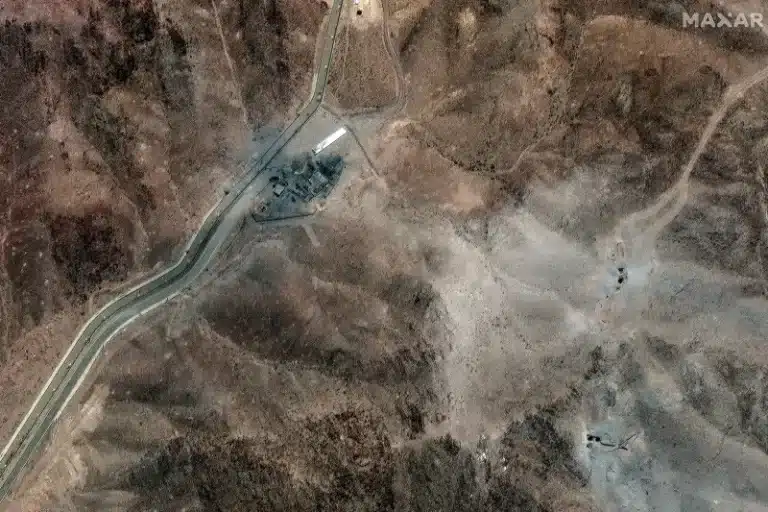Oklahoma is an important state for the US oil and gas industry. Excluding federal offshore areas, Oklahoma was the nation’s fifth largest crude oil producing state in 2016. It is one of the top natural gas producing states in the nation, accounting for 7.6% of U.S. gross production and 8.7% of marketed production in 2016. Over the last ten years crude oil production has more than doubled to 533,000 barrels per day. However, the ramp up in oil and gas production has also brought environmental concerns. In 2017, Oklahoma became the second largest producer of wind energy in the U.S., generating around 30% of its net electricity.
On a new episode of Columbia Energy Exchange, host Jason Bordoff sits down with Mike Teague, Oklahoma’s Secretary of Energy, and Environment. Mike Teague, who was appointedto this role in 2013, is responsible for coordinating over 30 state agencies, boards, compacts, and commissions in advancing policies that encourage energy production and environmental stewardship throughout Oklahoma. Prior to his appointment, Mike served in the US Army for 30 years.
Mike and Jason caught up recently to talk about the outlook for the oil & gas industry in Oklahoma and the important role that renewables could play in meeting energy demand in the state in the coming years. Mike also touches on his career transition from being a Colonel in the Army to leading Oklahoma’s Office of Energy & Environment. Other topics include environmental issues associated with shale production in Oklahoma, notably seismic activity.









